
Nissan Note Hatchback (2013-2017) engines, drive and performance
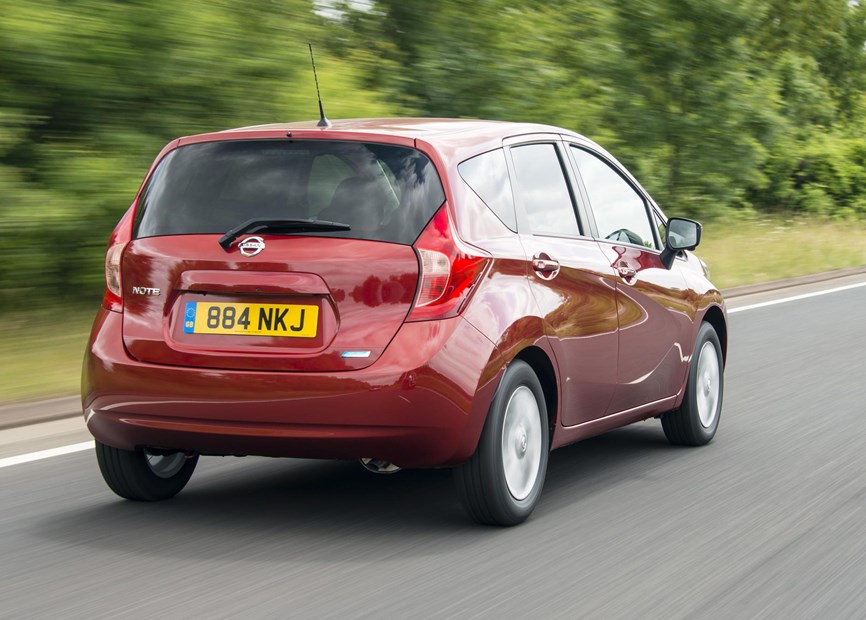
There’s a choice of three engines; one diesel and two petrol, and none are especially powerful – so it’s no surprise that Nissan Note performance isn’t particularly impressive.
Nissan Note: petrol engine
The range starts off with the 1.2-litre petrol, a three-cylinder unit that produces 80hp and 110Nm. If that doesn’t sound like a lot, that’s because it’s not. And the bad news is you’ll need to drive the car very hard to take advantage of such figures; peak torque only arrives at 4,000rpm and peak power a full 2,000rpm later.
Thankfully the other petrol engine, which is actually the same 1.2-litre three-cylinder block but with a supercharger bolted on makes some more sensible numbers. The forced induction adds 18hp to the proceedings and a more useful 37Nm, while the peak 99hp power arrives 400rpm earlier. The 147Nm peak torque figure doesn’t surface until 4,400rpm though.
On the road it does feel a little breathless, and you have to make a concerted effort to extract any meaningful performance from it. Do so, and as the revs rise it gets quite noisy – the sound overlaid with faint supercharger whine – though it does at least remain smooth and is infinitely quieter than the same unit in the new Micra. The Note clearly comes with extra sound-deadening.
Make the most of what performance is available though and the supercharged 1.2-litre Nissan Note will accelerate from 0-62mph in 11.7 seconds and will continue on to a maximum speed of 112mph. And if you need or want an automatic Nissan Note it’s this engine that becomes your only choice.
Nissan Note: diesel engine
If you can stick with the five-speed manual gearbox though the 1.5-litre diesel Note is a far better choice as despite it taking longer to complete the 0-62mph sprint (11.9 seconds) the delivery of its midrange torque makes it feel faster from behind the wheel.
The full 200Nm is available from 1,750rpm, making for a relaxed but flexible power delivery that is entirely suited to the car’s nature. It does mean you don’t have to swap gears too often, which is a blessing as though the five-speed manual is light and easy going the throw is vague with fifth gear especially far away on the left-hand drive model we tried.
The engine’s not the last word in refinement, but is perfectly acceptable, and only really becomes intrusive at the top end of its rev range. It’s still our choice from the line-up regardless.
Looking at the car you could be forgiven for expecting handling to have come way down the list of priorities, but while it’s no Ford Fiesta through the bends, it’s far more accomplished than the previous generation Nissan Note.
Roll is resisted admirably, rather than impressively, and were it not for the flat seats which lack side support you could hustle the Nissan down a twisty lane at real pace. There’s not a huge amount of feedback being fed through the steering wheel though, but you soon learn to trust that the Note’s front rubber has bitten the tarmac when turning in at speed.
Acceleration isn’t vicious enough to warrant any real pitch and diving isn’t particularly extreme under hard-breaking. Certainly the Note feels together and complete on the road, and while the experience behind the wheel isn’t particularly exciting it does complete every task asked of it with ease.


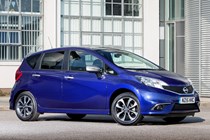
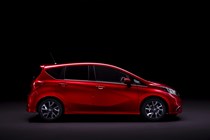
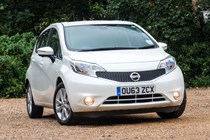
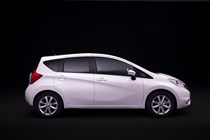
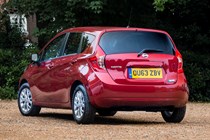
.jpg)
.jpg)
.jpg)
.jpg)
.jpg)
.jpg)
.jpg)
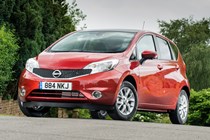
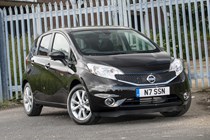
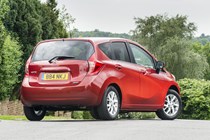
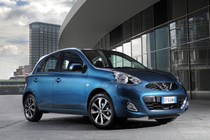
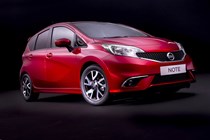
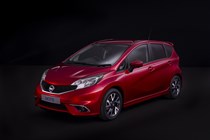
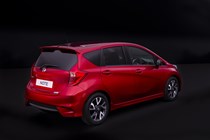
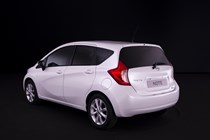

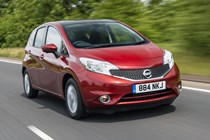
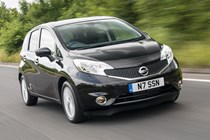
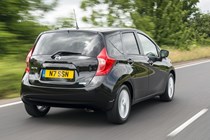
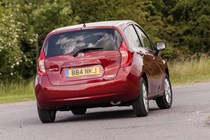
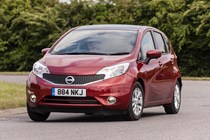
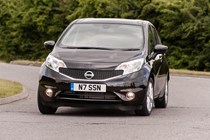
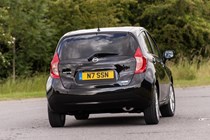
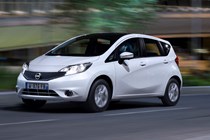
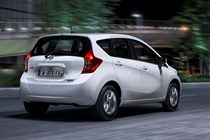
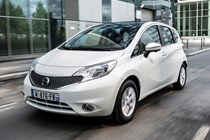
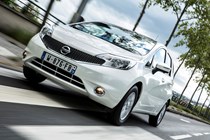
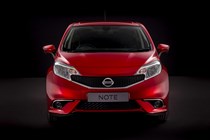

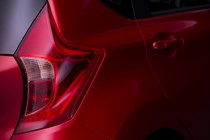
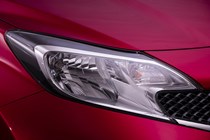

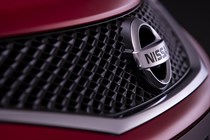
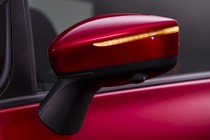
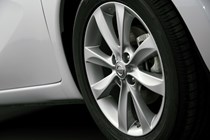
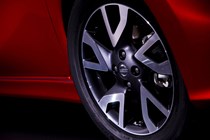
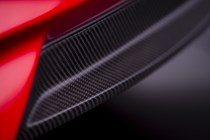
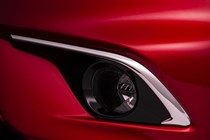
.jpg)
.jpg)
.jpg)
.jpg)
.jpg)
.jpg)
.jpg)
.jpg)
.jpg)
.jpg)
.jpg)
.jpg)
.jpg)
.jpg)
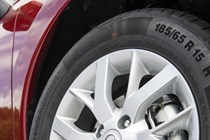
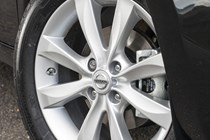
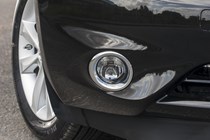
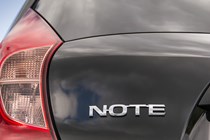
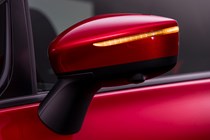
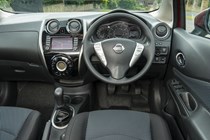
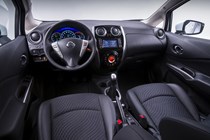
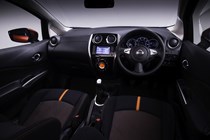
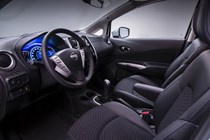
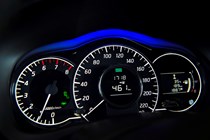
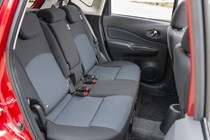
.jpg)
.jpg)
.jpg)
.jpg)
.jpg)
.jpg)
.jpg)
.jpg)
.jpg)
.jpg)
.jpg)
.jpg)
.jpg)
.jpg)
.jpg)
.jpg)
.jpg)
.jpg)
.jpg)
.jpg)
.jpg)
.jpg)
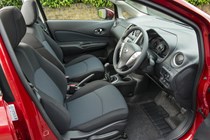

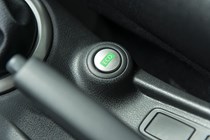

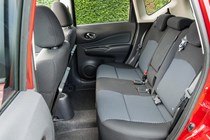
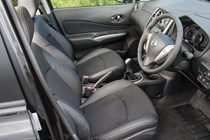
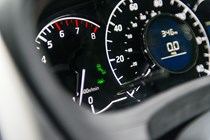
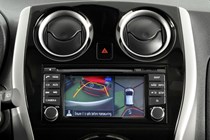
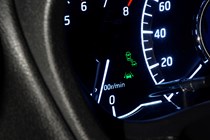
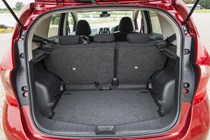
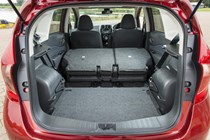
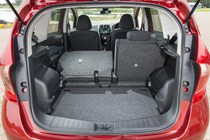
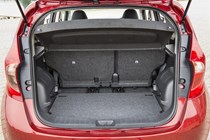
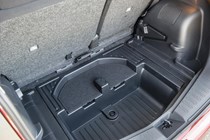
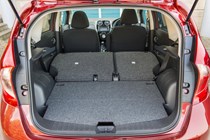
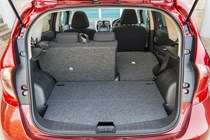
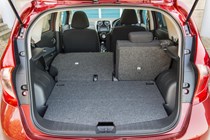
.jpg)
.jpg)
.jpg)
.jpg)
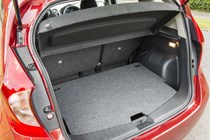
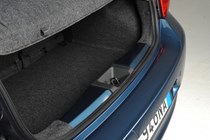
.jpg)
.jpg)
.jpg)
.jpg)
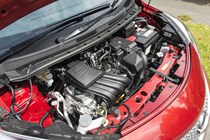





.jpg?quality=50)
.jpg?quality=50)
.jpg?quality=50)
.jpg?quality=50)
.jpg?quality=50)
.jpg?quality=50)
.jpg?quality=50)































.jpg?quality=50)
.jpg?quality=50)
.jpg?quality=50)
.jpg?quality=50)
.jpg?quality=50)
.jpg?quality=50)
.jpg?quality=50)
.jpg?quality=50)
.jpg?quality=50)
.jpg?quality=50)
.jpg?quality=50)
.jpg?quality=50)
.jpg?quality=50)
.jpg?quality=50)











.jpg?quality=50)
.jpg?quality=50)
.jpg?quality=50)
.jpg?quality=50)
.jpg?quality=50)
.jpg?quality=50)
.jpg?quality=50)
.jpg?quality=50)
.jpg?quality=50)
.jpg?quality=50)
.jpg?quality=50)
.jpg?quality=50)
.jpg?quality=50)
.jpg?quality=50)
.jpg?quality=50)
.jpg?quality=50)
.jpg?quality=50)
.jpg?quality=50)
.jpg?quality=50)
.jpg?quality=50)
.jpg?quality=50)
.jpg?quality=50)

















.jpg?quality=50)
.jpg?quality=50)
.jpg?quality=50)
.jpg?quality=50)


.jpg?quality=50)
.jpg?quality=50)
.jpg?quality=50)
.jpg?quality=50)
